To properly equip your children to withstand the struggles that may lie ahead, it’s imperative that you instruct them how to safely and accurately discharge a firearm. However, the process of teaching a young person the ins and outs of how to handle a gun is easier said than done.
There are plenty of common sense things that every parent will naturally do when teaching their children about guns, but there are also some lesser known gun training techniques that can both improve a young person’s proficiency with firearms and also ensure their ongoing safety.
Use these effective tips when you decide it’s time to teach your kids about guns. You’ll be glad you did.
Simulate Peer Pressure
As unfortunate as it may be, young people are very influenced by peer pressure. Framing gun safety rules as something that all the other kids already know and practice will help cement their importance in a young person’s mind.
Here’s more to explain:
If you have teens, add peer pressure to the scenarios. Role play another teen trying to convince your teen to pick up the gun. Make the peer pressure seem real and encourage your teen to practice, even if your teen thinks it is “silly.”
See the rest of the article here
Never Break Your Own Rules
There’s nothing worse than failing to practice what you preach. If you tell your kids one thing and they see you doing another, they’ll quickly begin to think that your gun safety rules are just official formalities that don’t really need to be adhered to in reality.
Field & Stream explains this perfectly:
You’re trying to instill lifelong safety habits, and nothing you say speaks as loudly as your own actions when you and your child hunt together. Handle your own guns with extra emphasis on safety. While we’re at it, boats, ATVs, tree stands, and motor vehicles can be just as deadly as guns if used carelessly. Your young hunter will learn all about them by watching you.
Don’t Treat Airsoft, BB, or Paintball Guns Like Toys
It’s easy for adults with firearm experience to write off low-powered airsoft and paintball guns as child’s play. After all, if they aren’t capable of deadly force, then they don’t seem quite so dangerous.
That’s a terribly flawed mindset though. Young people can easily carry over a cavalier attitude about airsoft and paintball guns over into their interactions with real firearms, and that can have terrible consequences.
Off the Grid News illustrates this point especially well:
My recommendation is to give kids a good airsoft gun sized right for them as soon as they are old enough to understand that these things are not toys. Start with the kind that shoots plastic projectiles that can be reused. Line up some soda cans about three feet away, and let your budding marksman go to town. Once your child can hit these reliably, start moving them further away.
Remember, don’t treat operating guns (even unloaded airsoft guns) like toys. These are not toys. They shoot projectiles, they are tools, and they have a purpose. This being said, shooting should be fun. I have never met a boy or girl who did not have fun with his or her first airsoft.
Celebrate Their Progress
The impact of positive reinforcement cannot be overstated. Every time your child practices correct firearm handling form, acknowledge it and praise them. Also, help them celebrate their progress by saving their targets and tracking their advancement.
The Truth About Guns says:
You want your child to take pride in their shooting. So they should “own” their target; it’s physical proof of their growing prowess. If you treat the target as important, so will they. Make your targets awesome!
For one thing, give your kid their own target, something that they’ve chosen. Splatter targets are way cool. So are hand-drawn circles. Whatever target you choose make sure you write the day, their name, their age, the distance, gun used, caliber and other details after they’ve perforated it.
For another, display the targets in your home with pride, like an art work from school. Use the target as a springboard to conversation. What do you want to try next time? Further away? Different gun? Was that a lucky shot? I bet you Mom couldn’t do that? Should we make a bet?
And lastly, have them mime the shot for Mom (or someone). Get them in the right stance, talk to them about breathing, pretending to shoot. Better yet, see if they can talk you through the entire process. What should I do first? Now what? Put your finger in an unsafe direction. See if they call you out on it.
Remove Curiosity
If your child is curious about firearms, chances are they will find a way to satisfy that curiosity, and if they try to do that in an unsupervised environment, the results could be catastrophic. Try to combat this phenomenon by making guns seem like the ordinary, everyday tools that they are. Cultivating this sense of familiarity will prevent young ones from wanting to explore guns in an unsafe way.
Amderringer.com sums this principle up well:
Avoid attaching any mystique to the firearm through flat prohibition. Nothing gets a child’s attention faster or stronger than being told “No,” without explanation or reasoning. Children are smart, and will see through flat prohibition.







![Are Compensators Worth It? [Video]](https://preparedgunowners.com/wp-content/uploads/2025/07/Depositphotos_815431992_S-218x150.jpg)




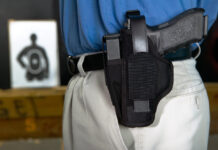
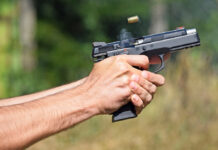
![Would-Be Robber Takes The Tueller Drill Challenge [Video]](https://preparedgunowners.com/wp-content/uploads/2025/10/Depositphotos_50626839_S-218x150.jpg)
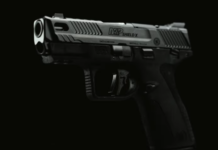
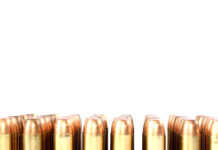

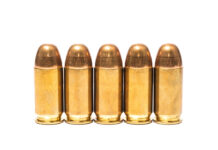

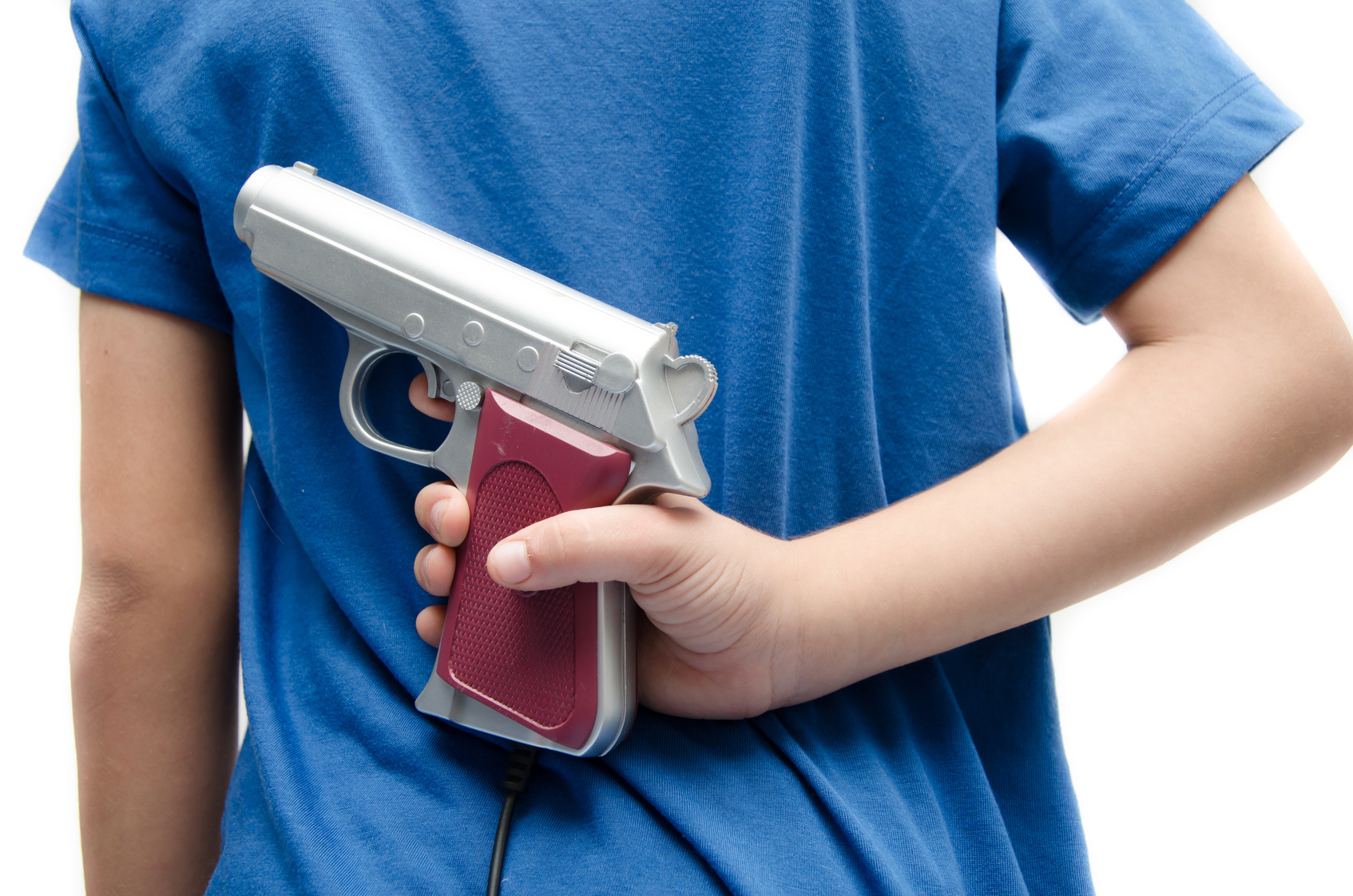










![Optic Ready vs Milled slides? [Video]](https://preparedgunowners.com/wp-content/uploads/2024/02/image-3-100x70.png)
![[Checklist] What Gear You Need To Take Pistol, Rifle & Shotgun Training Courses [Video]](https://preparedgunowners.com/wp-content/uploads/2023/07/Depositphotos_275087632_L-100x70.jpg)
![What is in Carter’s 2023 EDC? [Video]](https://preparedgunowners.com/wp-content/uploads/2023/07/Depositphotos_146856137_L-100x70.jpg)



I agree 100% on what you stated! both of my boys are now in there mid 30’s
They can now shoot a BB gun or 22 rifle as good if not better then I can..
Nice!
MY kids were shooting a .22 before they were old enough to go to school. It was a “treat” and reward for good behavior. My son was shooting a .22 carbine before school age and was good at filling the “X” ring at 50 yards, at 50 yards. My daughter was “shooting” a .22 revolver at the same age and even helped me reload handgun shells at 5th grade, so she could “see” what she had helped do. NOW, my granddaughters can “school” some boys on target shooting, or shooting the string of a helium balloon waving in a gentle breeze and watching it float away.
Safety is primary, and accuracy is second.
Comments are closed.